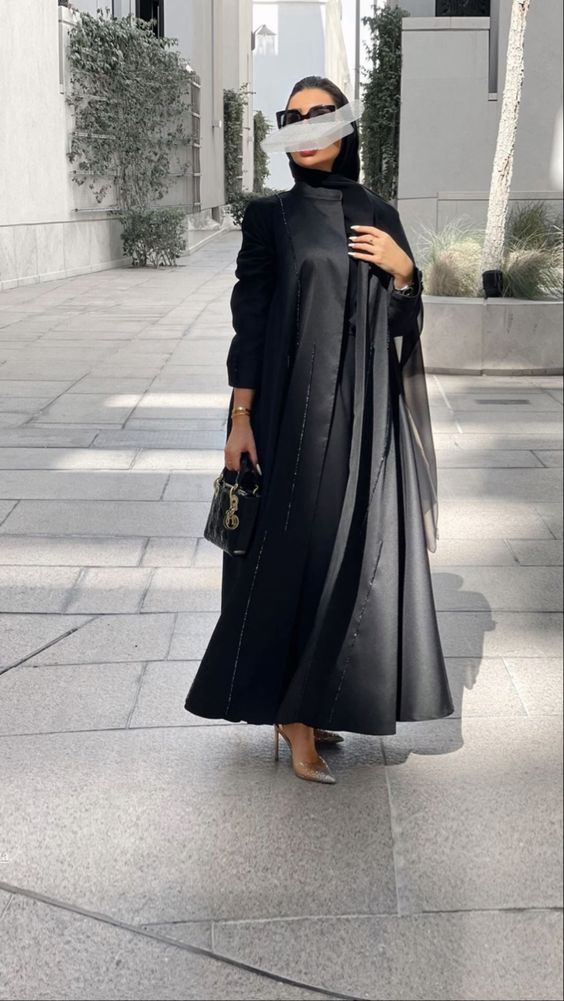FASHION DRESS PHOTOS & PRICE
Design in High Demand , Only Two Left
Muslim Women Fashion Dress Ladies
The Muslim Women Fashion Design world has begun accounting for Muslim ladies in the course of recent years, and better late than never. We've seen expanded portrayal of Muslims at New York design week, and in the excellence world on the web. Model Halima Aden has turned into an easily recognized name, delivered her own headscarves and started a discussion concerning being a Muslim lady in style. What used to be one-off events have become increasingly more ordinary with Muslim architects, business visionaries, and powerhouses standing out as truly newsworthy consistently.
Megastars of the Halima-assortment to the side, Muslim ladies are transforming the business consistently in different limits, at all levels, and not exclusively in unobtrusive or Muslim-centered business sectors. From standing firm on it down in leader footings at set up brands to manufacturing their own ways as fearless business people, these ladies show interesting viewpoints, various foundations, and obviously, wild style. In the soul of engaging each other, we asked dynamic Muslim ladies working in magnificence and design to share the uplifting ladies they call style symbols
As somebody who is continually setting out to invest less energy contemplating garments and beauty care products, I anticipated my first announcing outing to Saudi Arabia, in 2007, in the way an enthusiastic Instagram client may expect an end of the week stay in a spot with inconsistent cell inclusion: as a time of upheld, yet not unwanted, forbearance. I was, by then in my life—in my late 20s, and functioning as a correspondent in Syria and Lebanon—progressively tormented by my inclinations in design and excellence, which appeared to be particularly at chances with the genuine reporting I yearned for see also Islamic clothing.
Middle Easterner society is profoundly gendered, and however female Arab culture, which can now and then take the development of excellence and womanliness to limits, had not yet happened to me as a subject by its own doing, I felt its impact each time I set foot outside. Numerous ladies covered themselves, obviously. Yet, the people who didn't generally looked, all things considered, astounding. Showing up in Beirut following half a month away, I'd wind up smothering the sort of intense nervousness about my appearance that I hadn't encountered since center school. I needed to take care of my hair and nails, and immediately, if conceivable. I was 26 when a concerned Lebanese companion prompted a prophylactic Botox routine; lighter looking ladies like me matured so gravely in any case, she clarified. I considered the thought with more earnestness than I'd prefer to concede. I needed to get it together.
How American society Accept Abaya Dress or Hijab ?
If at any point a common, American, female correspondent were arranged to accept the abaya or Hijab —the floor-length shroud that ladies in Saudi Arabia are obliged to wear in broad daylight consistently—it was this reluctant excellence addict. It was the fall, and I was going to Riyadh for one of my first enormous magazine tasks. The a great many pages I'd read about Saudi history and culture all appeared to affirm an image of the realm as a kind of triviality free zone. Furthermore, I was unable to pause. I would purchase a dark abaya during my delay in Abu Dhabi, I chose, and that would be that.

Muslim Abaya Dress Pricing
The prices of abayas vary depending on their style and design. It could cost anything between USD 50 to USD 600. There are ready-made abayas, but you can also design your own. There are various places to shop for abayas , and you can bargain too!

